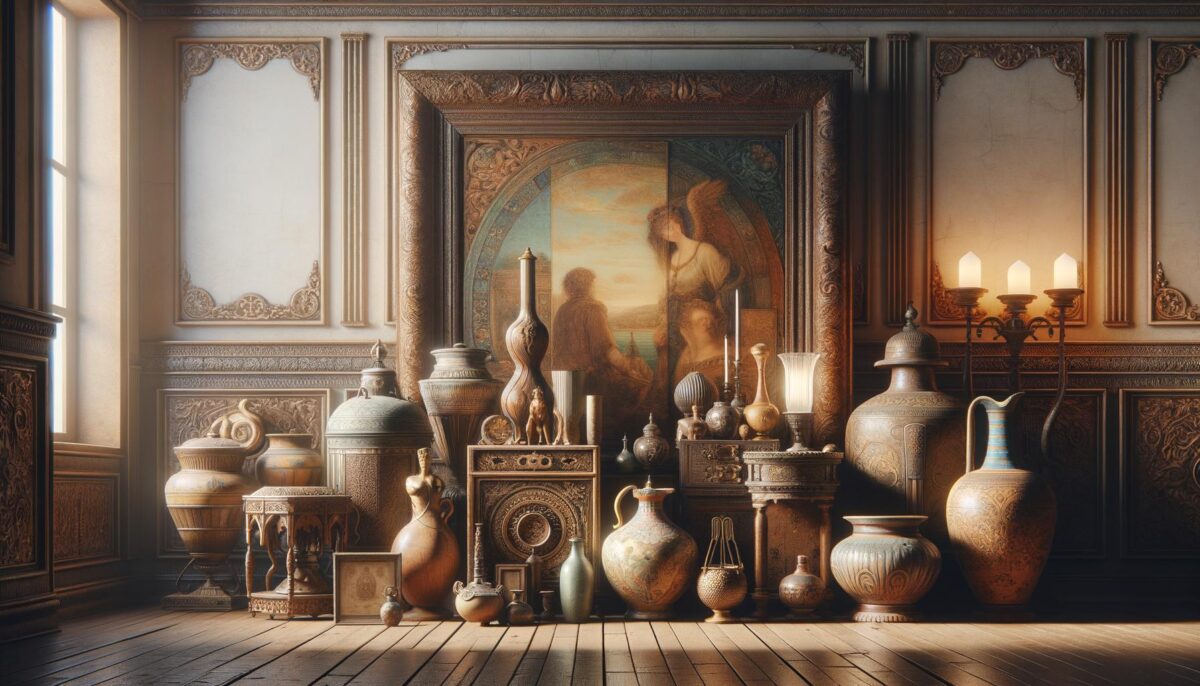{“Title”: “Exploring the Timeless Appeal of Antiques”, “Intro”: “Antiques have a timeless charm that captivates collectors and historians alike.”, “Content”: “
The Historical Significance of Antiques
Antiques are far more than just old items; they are tangible pieces of history that offer a glimpse into the past. These treasured artifacts provide insights into how people lived, worked, and played in different eras, reflecting social changes, technological advancements, and artistic developments. A beautifully crafted chair or a vintage clock not only serves as a decorative piece but also tells stories of the artisans who created them and the households they adorned. Collectors often find themselves enthralled by the unique narratives each item holds. For instance, a piece of porcelain from the 18th century may reveal the cross-cultural influences between Europe and the East at that time.
Understanding Antique Categories
When diving into the world of antiques, it’s crucial to understand the various categories that are available. Antiques can be classified primarily into furniture, ceramics, art, and textiles, among others. Each category has its own distinct characteristics and historical context. For example:
- Furniture: Antique furniture often features intricate woodwork and design elements specific to the era it was made, offering a rich historical narrative.
- Ceramics: This includes pottery and porcelain, which can feature detailed hand-painted designs that depict both artistic and functional aspects of their time.
- Art: Antique art encompasses paintings, sculptures, and other forms of visual artistry that can serve as a reflection of the prevailing cultural and philosophical thoughts.
- Textiles: Antique textiles, such as tapestries and quilts, often showcase the craftsmanship and materials that were available centuries ago.
Grasping these categories helps collectors and enthusiasts appreciate the diversity and depth of antique items.
The Allure of Investment in Antiques
While many people are drawn to antiques for their aesthetic and historical value, they also present an intriguing opportunity for investment. Certain antiques appreciate over time, making them a potential source of financial growth. Among such items, coins have garnered significant attention. Collectors seeking the “
